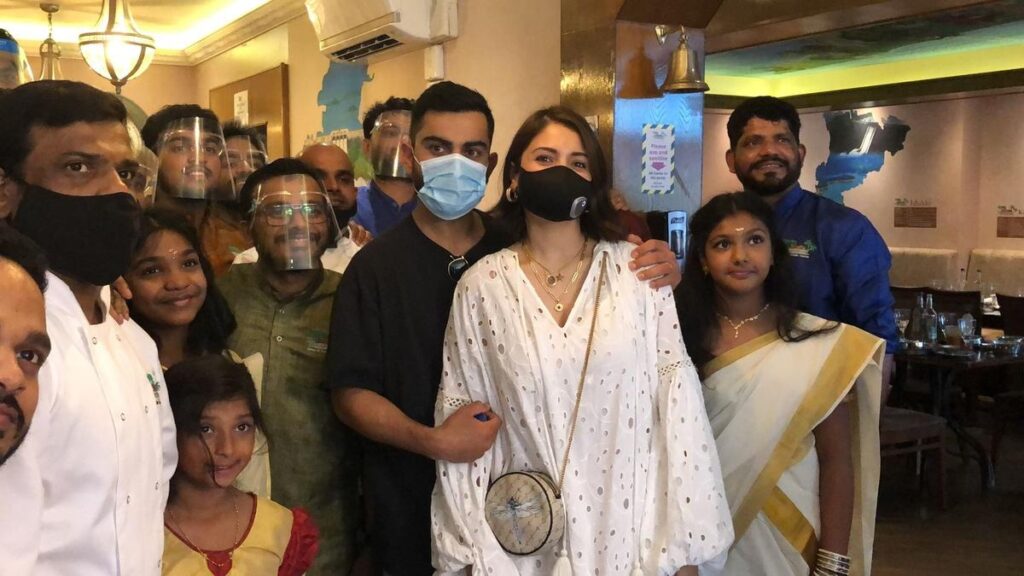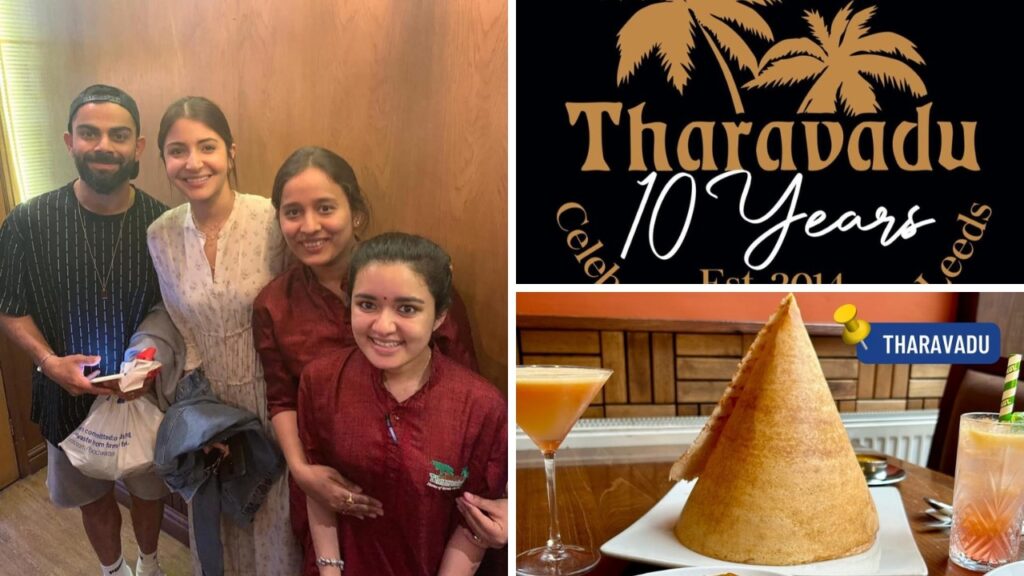India’s tour of England is just around the corner, and preparations are on in full swing. And it was a pleasant surprise last week to get a call from Prakash, owner of Tharavadu [Ancestral House], one of the best Indian diners in Leeds. “We met multiple times during the 2018 tour and I had fed you jaggery dosa,” he told me. That was when the penny dropped. Tharavadu was in the news because Virat Kohli frequented it a few times, and it was a staple of ours during our stay in Leeds.
“We have seen the food shows you did from Australia with Masala Theory,” said Prakash. “Why don’t we do something similar here in the UK in Leeds?” That’s what started the conversation, and I am delighted to announce the partnership with Tharavadu and also the new South Indian diner they have recently opened.
For me personally, sport and food has always been a subject of serious interest. Strawberries and cream at Wimbledon, Pimm’s and a glass of champagne at the Coronation Gardens at Lord’s, a chocolate pastry at the Lord’s Tavern – every sports fan who has had the privilege of watching sports at these iconic venues must have enjoyed the dazzling array of food and drink typical of these stadia. In fact, for journalists covering sports competitions, food served in media boxes is often the subject of intense discussion and debate.

Let me share an example from 2013. It was lunch time at Edgbaston during the rain-affected India-Pakistan Champions Trophy encounter on June 15, 2013. News travelled fast that there was salmon tandoori and karahi chicken (read, plain and simple chicken curry) with rice on offer, and within minutes, one round table with eight chairs had been occupied by Indians. In the group was a certain Sourav Ganguly, on commentary duty for the host broadcaster. The chatter, in no time, went back to food in Kolkata and how bland continental food was.
That’s when someone asked what the players of the past did when it came to food.
During India’s first official tour of the UK in 1932, this is what The Evening Standard of April 13, 1932 had to say about the touring team and their food habits. “Caste demands that the Hindus do not eat beef or veal, and that the Mohammedans avoid pork, bacon and ham,” said the article. “So to prevent any difficulties at meal times the order has gone forth that these things must not appear on any menu during the tour. Instead, the men will eat mutton, chicken and fish.”
Food away from home isn’t only an issue with India’s cricketers. One of my favourite food stories is about one of India’s leading female athletes, Mary Kom, during the 2012 London Olympics. The day after she had won her bronze medal, she was to do an interview with me in the afternoon. Even before I could ask her about the medal, she said, “You know I was thrilled when I was coming to England. Emirates [the airline] did not charge me extra luggage for my rice cooker.”
Just like Mary, for some of my colleagues, Indian food is key, and may I say, the partnership with Tharavadu is indeed a welcome addition.
